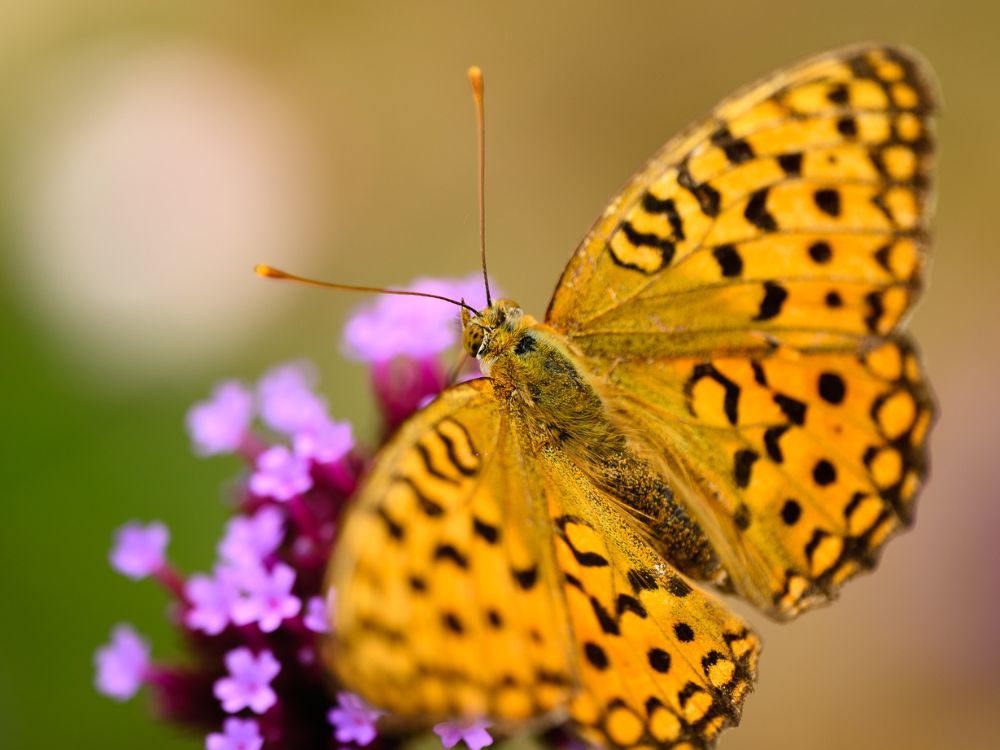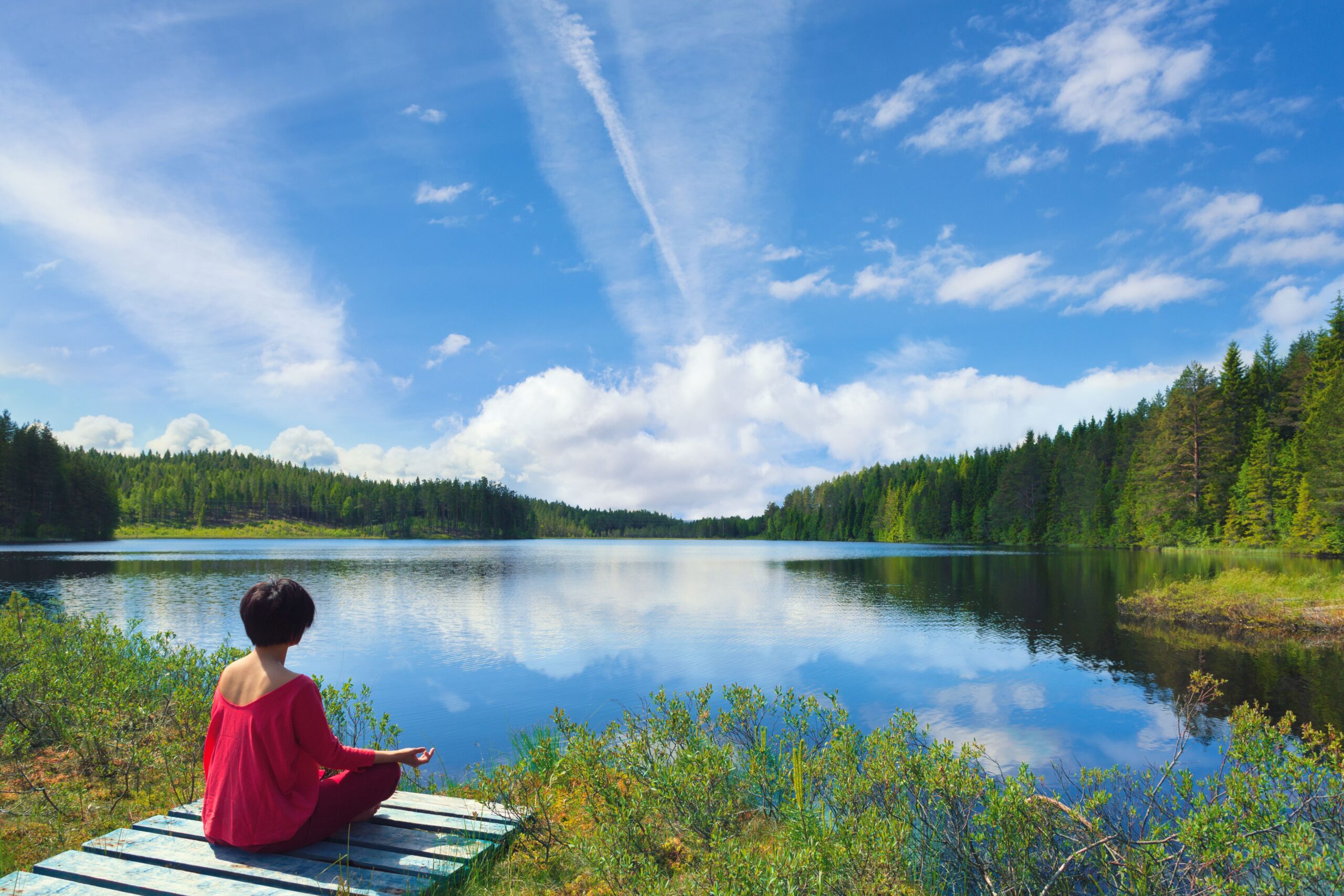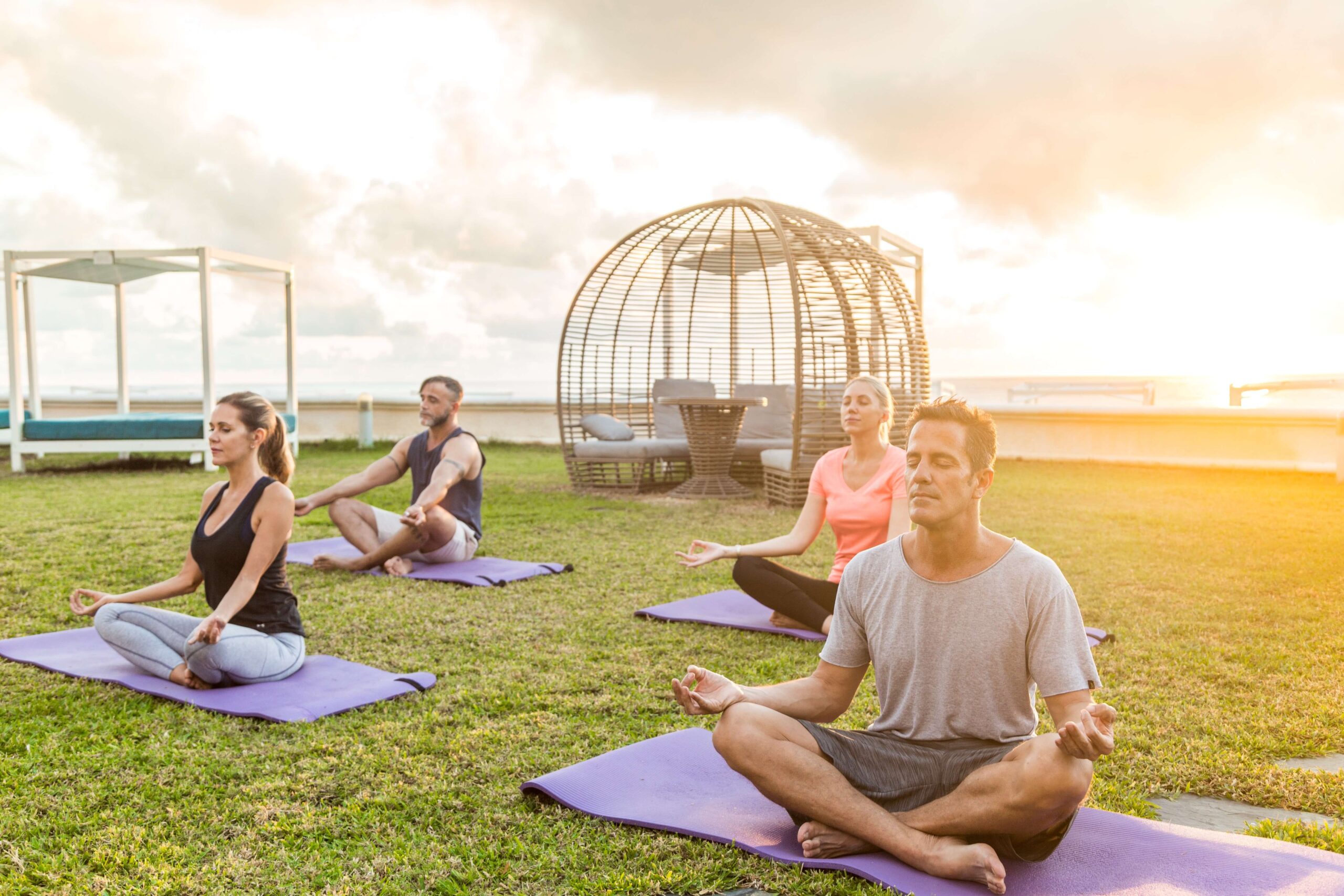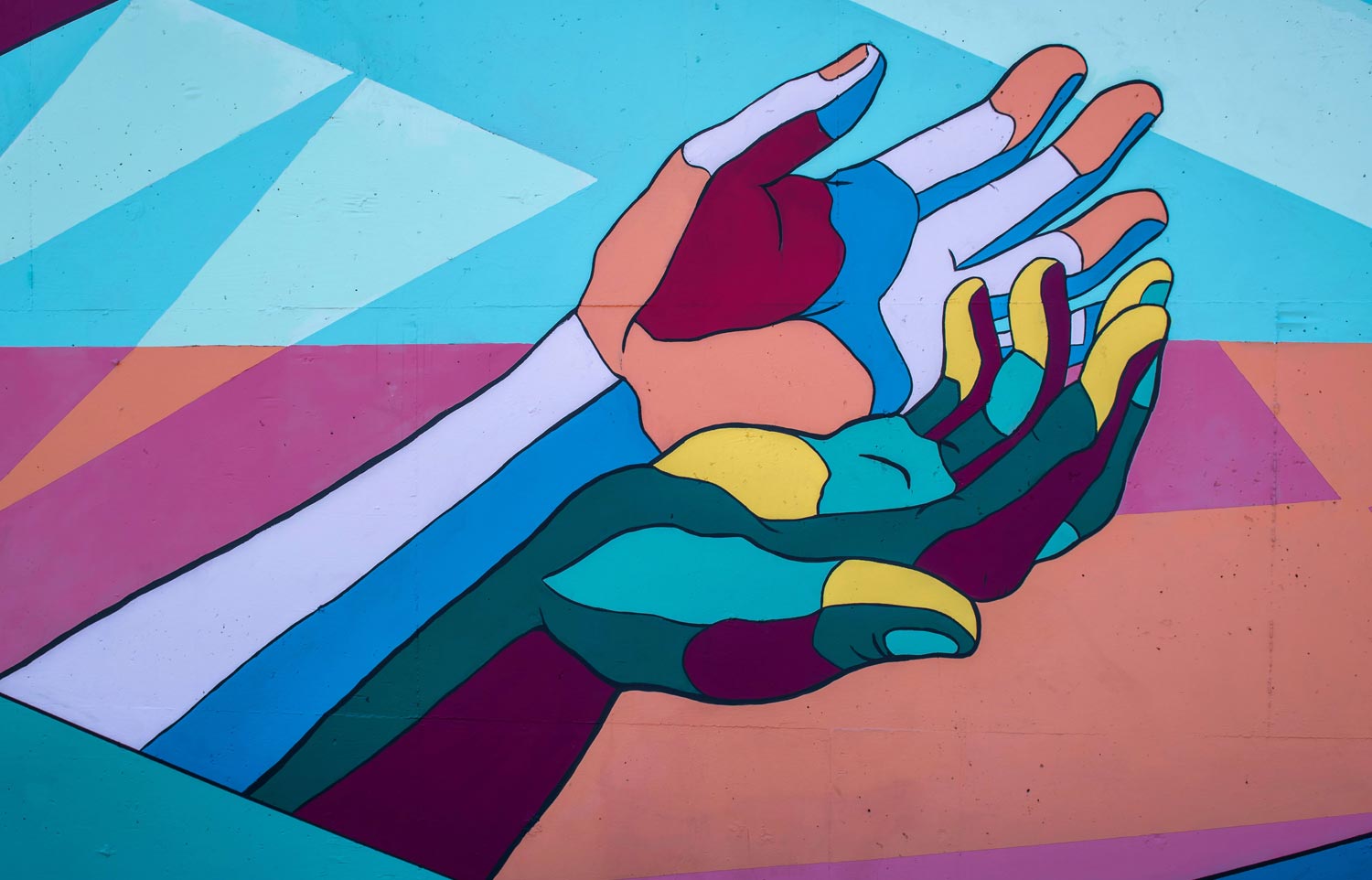Today, we celebrate MOVEMENT! There is something magical that happens when we consciously move, whether it’s in a yoga class, walking, hiking, dancing or whichever way you love to shake and wiggle your being. Movement of all forms plays such a big part of our spiritual and wellbeing practices, and also in what we offer at Mandali. In this article, we asked some of our teachers and guides: “In your discipline, what is the connection between movement and meditation?”, and we got some insightful and interesting answers.
Silvia Eriksson – Yoga Teacher
I think movement can be seen in yoga in several ways: First, as a way of purifying and strengthening the body (Tapas), moving our energies, becoming aware of and training our breath, in order to prepare ourselves for meditation – sitting still and resting in awareness. When I don’t move, meditation becomes an effort, and is not only hard on my body, but the excess stagnant energy can lead to restlessness or being caught of in stories of the mind. On the other hand, when I don’t allow stillness, my energy remains a bit scattered. So it’s all about balance.
Movement is also healing on so many levels. Dancing helped me overcome social anxiety and brings me immense joy, Pilates and yoga asana helped me heal injuries, trauma and corrected my posture, a bonus being a strong back, and supple hips, help me sit upright comfortably for meditation. It was movement that changed my life ultimately and led me to a spiritual path.
Alas, meditation and movement practice ripples out into action and creativity. A great way to bring meditation to everyday life is through being aware and present of movement. So now, movement becomes meditation itself. Moving consciously is about becoming intimate and friendly with yourself. Being open, undistracted, tuning into the body as we move and riding the wave of the breath, emotions, clearing out internal barriers is like a dance, cultivating presence and closeness with our physical body. We close gaps of separation. Feeling in, listening, without judgment – some might call this self love, authenticity. As I often tell my students, what we learn on the mat practicing Asanas, we take into our lives. Like the balance between ease and effort, when to push, when to let go.
Moving consciously is about becoming intimate and friendly with yourself. Being open, undistracted, tuning into the body as we move and riding the wave of the breath, emotions, clearing out internal barriers is like a dance, cultivating presence and closeness with our physical body. We close gaps of separation.
Nishta & Evangelos (Four Ways to Freedom) – Conscious Movement & Meditation
In ancient times, seekers who wished to understand the meaning of life would lay down at night and watch the movement of stars and planets. During the day they would observe the movement of the clouds and the sun as well as the changing natural landscape through the seasons. When you look up at the sky, you feel a sense of stillness and eternity. It’s quiet, unborn, and full of potential but not static. Sometimes a storm comes to disrupt the quiet sky. It’s a natural fluid tango. In tango you pause and then move.
You can’t have movement without meditation just like you can’t have stillness without action or chaos. They are codependent lovers. Healthy movement emerges from stillness and if it isn’t born from the still womb of tranquility, it manifests as frantic unstable energy. Too much stillness can make you dull while too much non-stop movement can exhaust you. Finding the balance of how they work together can revolutionize your life.
Meditation is the art of sitting with nothing but the quiet mind and watching the movement of life. When we sit and get really still, we see that movement is simply a declaration of change, creativity and evolution.
If we wish to be a master of our own lives, we must master the art of meditation as well as the art of moving gracefully and mindfully through life. They go hand in hand.
If we wish to be a master of our own lives, we must master the art of meditation as well as the art of moving gracefully and mindfully through life. They go hand in hand. The deeper your movement practice, the greater the stillness of mind. The deeper you can go into silence and meditate, the more you can confidently move with life’s unpredictable events. You are here to explore polarities. Some call it the cosmic dance of life and whether you know it or not, it is moving through you right now but you might miss it if you can’t be still for one tiny moment!
Prafulla Giuseppe Carnaghi – Nature walk guide
To me ‘spiritual practice’ means bringing meditation into the small “movements” in my daily life.
Meditation cannot be confined to the time I sit cross-legged with eyes closed.
It’s the moment I get up and start moving in the flow of everyday life that my meditation is challenged. It’s reminding myself to be present in small movements like washing my hands or peeling an apple.
When I walk in nature, listening to its sounds and to its silence, I find a deeper sense of stillness, and this becomes my spiritual practice, a precious doorway to inner silence, a space beyond thinking. This way I’m the ‘space’ in which all movements (my body, my thoughts, my emotions) happen.
When I walk in nature, listening to its sounds and to its silence, I find a deeper sense of stillness, and this becomes my spiritual practice, a precious doorway to inner silence, a space beyond thinking
Gijs Fermie – Kum Nye (Tibetan Yoga)
Movement can serve as a preliminary to meditation, a state of present pure awareness. In Kum Nye practice (Tibetan Yoga) we integrate movement, massage and meditation into one holistic discipline. Here we first practice movement exercises in order to stimulate energy within the body. Now the feeling-experience in the body, linked with the energy of the breath, will massage our being from the inside out. This inner massage in turn will allow us to relax more and release tensions.
Kum Nye practice brings us to a calm, clear and creative state of being, which is the heart of meditation.
And at the same time it will create more space to embody this free flow of energy, expanding our presence in space. In the end this process will open-up within us a warm and deep, sacred space of infinite awareness. Kum Nye practice brings us to a calm, clear and creative state of being, which is the heart of meditation. Movement can serve as well as a form of integration; meditation in action. For this to come about we would need to bring movement, stillness and awareness together. And in this way, by practicing body-awareness that leads into space-awareness, movement becomes meditation.
How do you feel movement intersects with your discipline? What’s your favorite way to move? Drop us a note in the comments, we’d love to hear!









